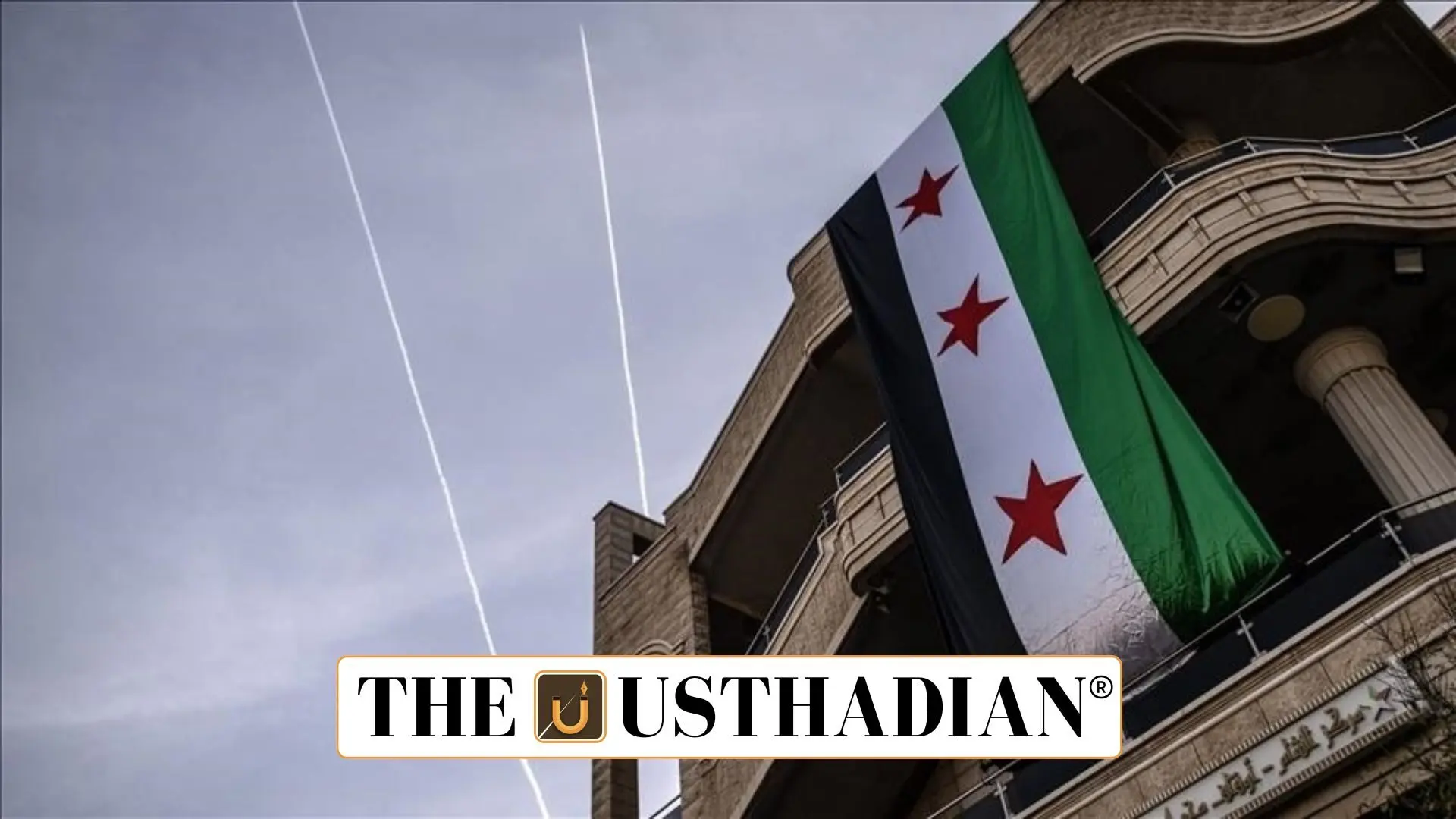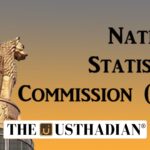A Major Foreign Policy Shift
US Lifts Sanctions on Syria During President Trump’s Saudi Visit: In a surprising geopolitical turn, US President Donald Trump announced the removal of long-standing sanctions on Syria during his state visit to Saudi Arabia. This decision marks a pivotal moment in US foreign policy and reflects a willingness to engage with Syria’s new leadership under President Ahmed al-Sharaa. The move, described by Trump as giving Syria a “chance to heal,” comes after decades of economic restrictions imposed to isolate the Assad regime.
Sanctions: A Long History of Isolation
Sanctions on Syria began in 1979 when the US declared it a state sponsor of terrorism. Over the years, sanctions were intensified — especially during the civil war that erupted in 2011. These included bans on oil imports, investment, and financial transactions. While intended to weaken Bashar al-Assad’s regime, they also devastated Syria’s economy and deeply affected civilians through inflation and loss of basic services.
Who Is Ahmed al-Sharaa?
The newly installed leader, Ahmed al-Sharaa, is no stranger to global headlines. Once known as Abu Mohammed al-Golani, a former jihadist figure, he led the offensive that removed Assad from power. Since January 2025, al-Sharaa has rebranded himself as a moderate statesman, distancing from extremist factions and inviting international dialogue. His transition from rebel leader to interim president has opened the door for diplomacy, albeit with caution from several quarters.
Why the Sanctions Were Lifted
The US decision comes after Syria’s new government expressed willingness to cooperate on counterterrorism, humanitarian aid, and minority protections. The lifting of sanctions also reflects shifting regional priorities, with Saudi Arabia and Turkey advocating for Syria’s economic revival. The US aims to encourage political stability in the region while reducing Iranian influence in Syrian affairs.
What This Means for Syria’s Future
Removing sanctions could provide a significant economic boost to Syria. Humanitarian operations can resume without fear of penalty, and foreign investments may return to key sectors like infrastructure and energy. However, challenges such as governance gaps, public distrust, and rebuilding war-torn areas persist. The new regime must prove its commitment to reform and peacebuilding.
Mixed Global Responses
International responses have been cautious yet hopeful. The United Nations welcomed the move, calling it vital for reconstruction and aid delivery. Gulf countries see al-Sharaa as a counterweight to Iranian-backed groups. However, Israel remains wary, citing al-Sharaa’s militant past and potential future alignments. Western powers continue to monitor Syria’s leadership approach before committing to full diplomatic recognition.
STATIC GK SNAPSHOT
US Lifts Sanctions on Syria During President Trump’s Saudi Visit:
| Topic | Details |
| First US Sanctions on Syria | 1979, listed as a state sponsor of terrorism |
| Bashar al-Assad’s Rule | From 2000 to January 2025 |
| New President of Syria | Ahmed al-Sharaa, took power in January 2025 |
| Origin of Sanctions | Asset freezes, oil bans, investment restrictions |
| Civil War Start | 2011, part of Arab Spring fallout |
| US-Saudi Visit Announcement | May 2025, by Donald Trump |
| Sanctioning Authority | US Department of the Treasury’s OFAC |
| Supporting Countries for Lifting Sanctions | Saudi Arabia, Turkey |








